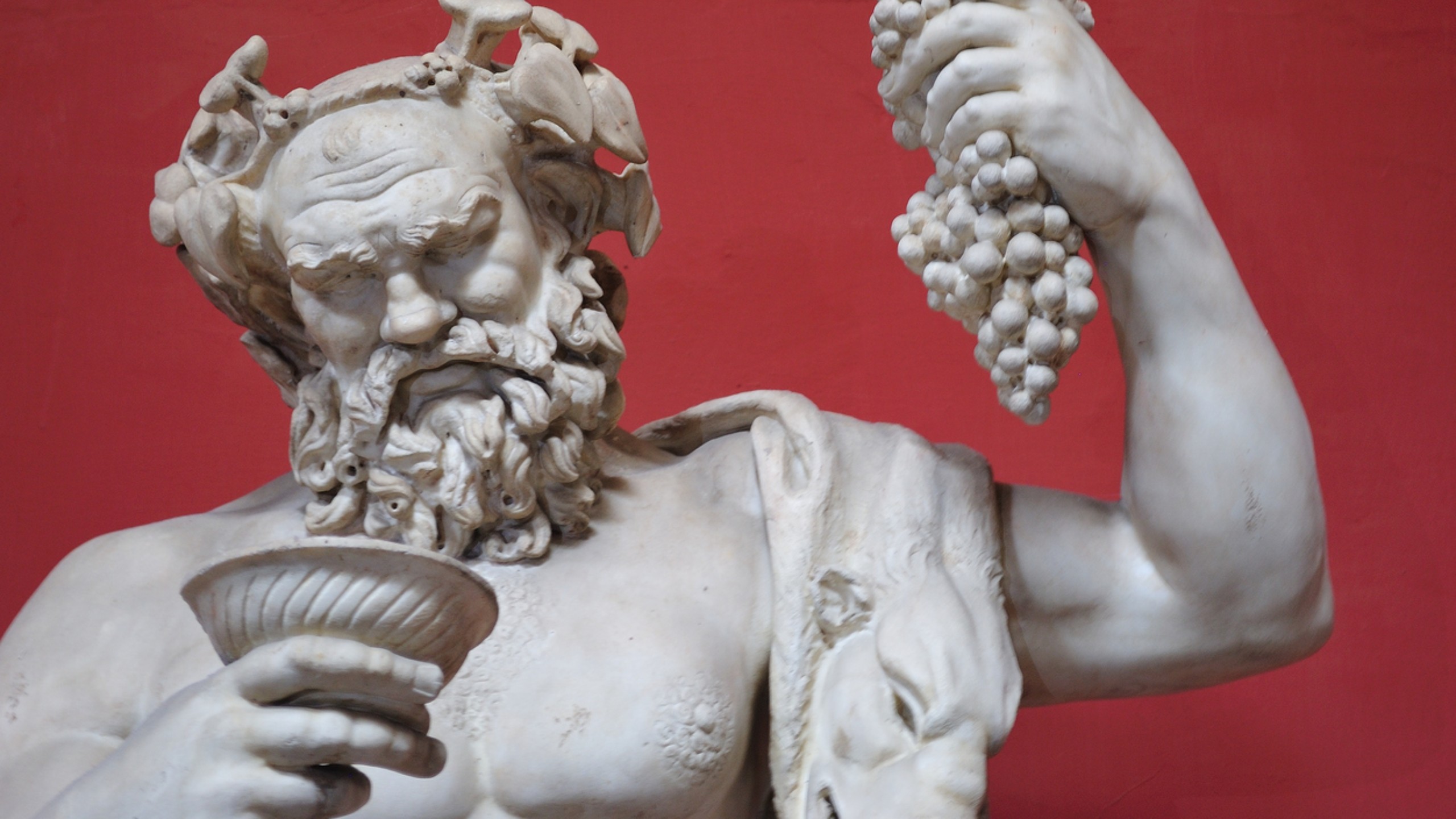Pasquino
Have you met Pasquino?
Known as a "talking" statue due to the custom of attaching anonymous notes of criticisms to its base, the statue's fame dates to the early sixteenth century, when Cardinal Oliviero Carafa draped the marble torso of the statue in a toga and decorated it with Latin epigrams on the occasion of Saint Mark's Day.
The Cardinal's actions led to a custom of criticizing the pope or his government by the writing of satirical poems in broad Roman dialect (called "pasquinades" from the Italian "pasquinate") and attaching them to the statue "Pasquino".
Thus Pasquino became the first "talking statue" of Rome. He spoke out about the people's dissatisfaction, denounced injustice, and assaulted misgovernment by members of the Church. From this tradition are derived the English-language terms pasquinade and pasquil, which refer to an anonymous lampoon in verse or prose.
The actual subject of the sculpture is Menelaus supporting the body of Patroclus, and the subject, or the composition applied to other figures as in the Sperlonga sculptures, can be found a number of times in classical sculpture, where it is now known as a "Pasquino group".
The actual identification of the sculptural subject was made in the eighteenth century by the antiquarian Ennio Quirino Visconti, who identified it as the torso of Menelaus supporting the dying Patroclus; the more famous of two Medici versions of this is in the Loggia dei Lanzi in Florence. The Pasquino is more recently characterized as a Hellenistic sculpture of the third century BC, or a Roman copy.
Before long, other statues appeared on the scene, forming a kind of public salon or academy, the "Congress of the Wits" (Congresso degli Arguti), with Pasquino always the leader, and the sculptures that Romans called Marphurius, Abbot Luigi, Il Facchino, Madama Lucrezia, and Il Babbuino as his outspoken colleagues. The cartelli (posters, placards and cards; probably the equivalent of pamphlet) on which the epigrams were written were quickly passed around, and copies were made, too numerous to suppress. These poems were collected and published annually by the Roman printer Giacomo Mazzocchi as early as 1509, as Carmina apposita Pasquino, and became well known all over Europe. As they became more pointed, the place of publication of Pasquillorum Tomi Duo (1544) was shifted to Basel, less under papal control, disguised on the title page as Eleutheropolis, "freedom city".
Located within a few minutes walking distance from Eitch Borromini, be sure to pay Pasquino a visit during your stay and read up on what the locals have to complain about.







